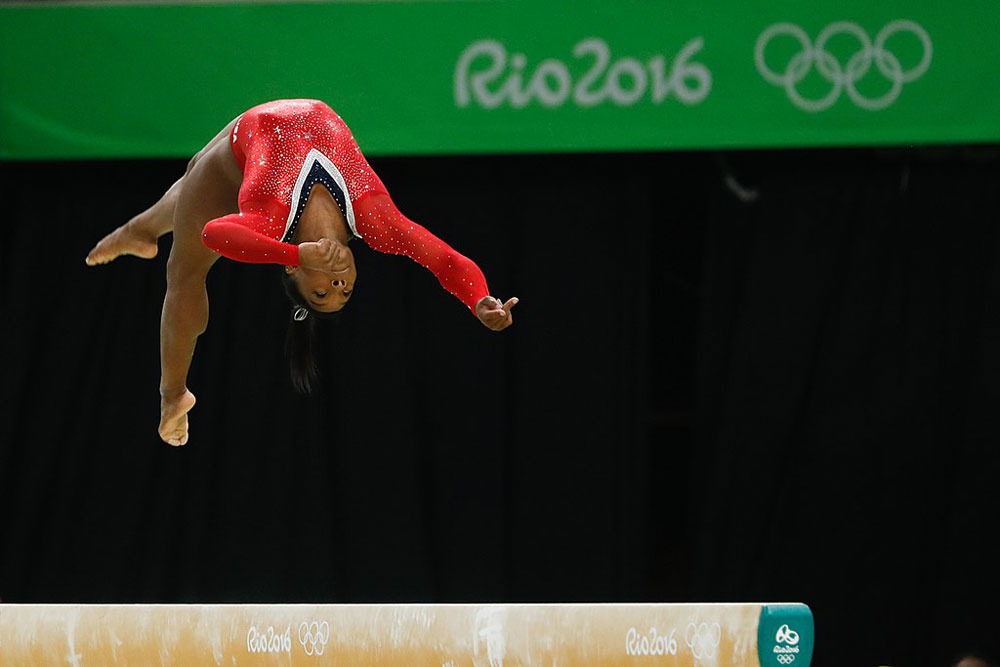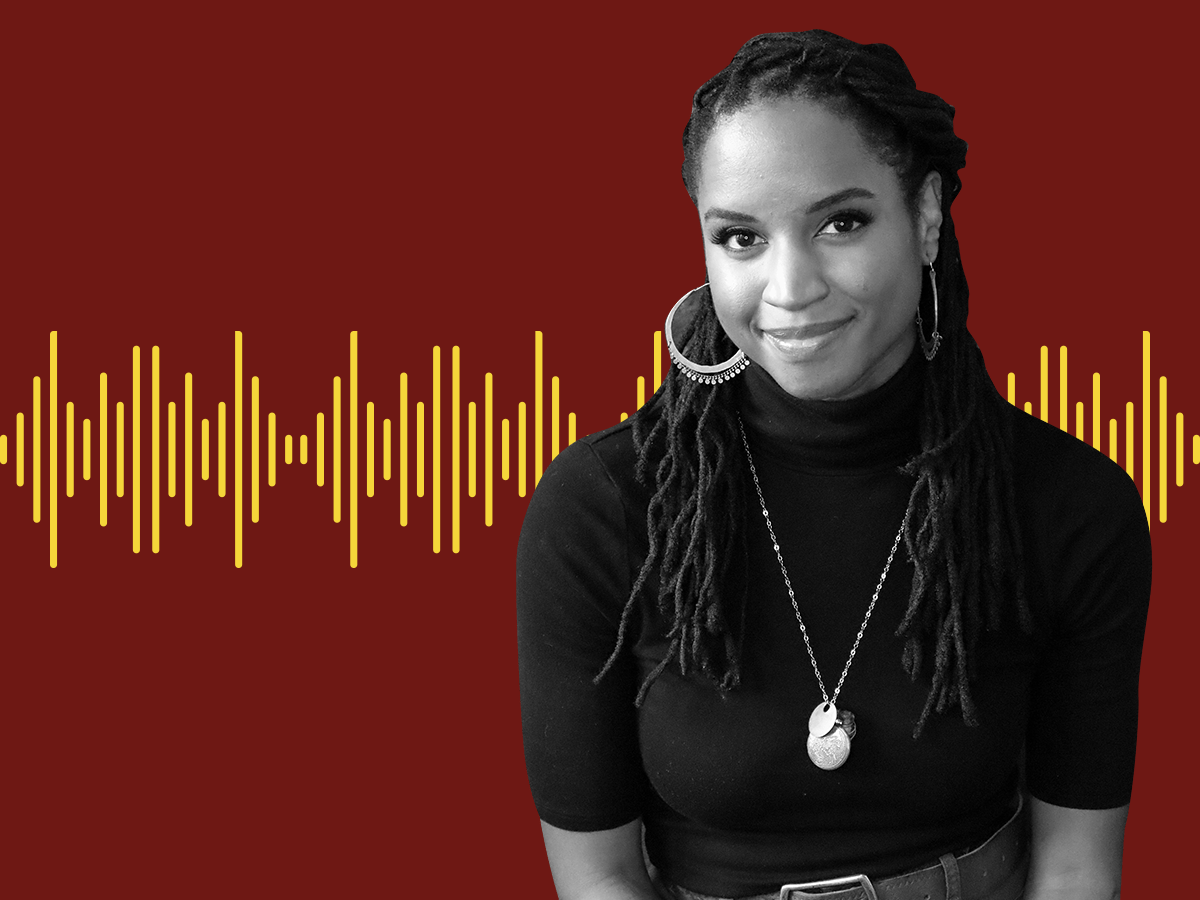
Two news stories from last week stood out to me for their juxtaposition. Simone Biles, who has been dubbed “the greatest gymnast of all time,” was penalized for being in a league of her own. Meanwhile, President Trump, who is facing impeachment, was busy trying to position himself above the rules.
USA Today’s Nancy Armour writes,
In an effort to deter other gymnasts from trying skills they are not physically capable of doing, the International Gymnastics Federation watered down the value of a new element Biles plans to do at the world championships. That’s right. Penalize the reigning world and Olympic champion, who is almost cautious when it comes to adding difficulty, for the potential recklessness of others.
Biles has a history of attempting skills “so difficult few other gymnasts even try them.” We’re talking about triple-twisting double somersaults on the floor and double-twisting double somersaults off balance beams. She has skills named after her because she’s the only one ever to do them.
The Washington Post’s Liz Clarke writes, in reference to her ever-increasing trove of medals, “she is pursuing a standard that she alone can reach.” But, “instead of celebrating Biles’s innovation and risk-taking, the International Federation of Gymnastics (FIG), in effect, penalized her by deliberately devaluing her unprecedented beam dismount.”
Biles’ response to the Federation? “They keep asking us to do more difficulty and to give more artistry, give more harder skills. So we do, and then they don’t credit, and I don’t think that’s fair.” No, it isn’t.
Something similar happened with French Black figure skater Surya Bonaly, the only figure skater to do a backflip. Washington Post’s Tik Root writes, “The move was banned in 1976, and doing one in competition would certainly tank a skater’s score, and perhaps lead to disqualification. Which makes what French figure skater Surya Bonaly did 20 years ago all the more remarkable.”
Root describes it: “Coming in backward for what looked like a jump, she instead reached her hands back behind her head and leaped. Whipping around, Bonaly landed on one blade—an Olympic first that no one has dared to match.”
Interestingly, recalling Biles’s defense that she simply competes as she trains, Root writes, “Born in Nice, France, Bonaly, who is black, was adopted by white parents and grew up in a world where she felt she had to try harder.”
Sign up for our free newsletters
Subscribe to NPQ's newsletters to have our top stories delivered directly to your inbox.
By signing up, you agree to our privacy policy and terms of use, and to receive messages from NPQ and our partners.
Bonaly herself says, “Maybe I won’t be accepted by a white person. But if I’m better, they have no choice.” But Root summarizes her career as one of slights.
It is appropriate that one of these stories is explicitly about games. However, games serve as a metaphor for life, and Trump’s behavior can be evaluated in the same light. Leading play theorist Thomas S. Henricks’ work is particularly illuminating. He distinguishes between orderly and disorderly play.
Orderly play “promotes personal change, development, and learning,” “identifies socially shared values and skills,” and “provides clear models for success and social status.” Disorderly play is “a kind of rebellion against the forms and forces of the world.” It helps people “train for independence,” but it can also be “problematic in a culture that celebrates the uniqueness of every individual, the freedom to do whatever one can pay for, and other forms of megalomania.” Basically, orderly play is about playing by the rules, and disorderly play seeks to disrupt order.
Both the Gymnastics Federation and Trump seek to bend the rules—the Federation by going against sports principles of valuing excellence and devaluing the elements that only Biles can do, and Trump by dismissing the rules as not applicable to him. In Henricks’ framework, they are both examples of disorderly, competitive play.
This is what happens when explicit social rules are overlaid with implicit cultural biases, such as racism. We get black people placed at the bottom of the social hierarchy, having to strive harder than others in order to be in the game, and overcoming great odds to excel beyond the standard, all while having their excellence devalued. We also get a president who does not perform masterfully and instead parades his incompetence as the ultimate proof of his privilege.
Sadly, it’s not very different in the nonprofit sector. People of color are often told we want change too fast, we’re too innovative, we need to slow down, all while the world falls apart around us, impacting us and our communities first. Meanwhile, our leaders, who are predominantly white, tell us they don’t know what to do anymore and it’s going to take time to figure it out.
The practice of whiting out black excellence, of bending the rules so that black people don’t get to set the standard, goes hand in hand with the mediocrity, the unpreparedness, of white supremacy. To be privileged is to not be beholden to the rules or standards by which others have to play, or to have your mediocrity be standard. One approach leads to squelching excellence that inspires and the other to accepting mediocrity that hinders evolution and threatens life itself.
Those of us who care about civil health and social justice need to evolve to address disorderly strategies. We need to ensure that social biases are acknowledged and designed against, and that we know how to respond to those who break the rules in order to maintain domination.












